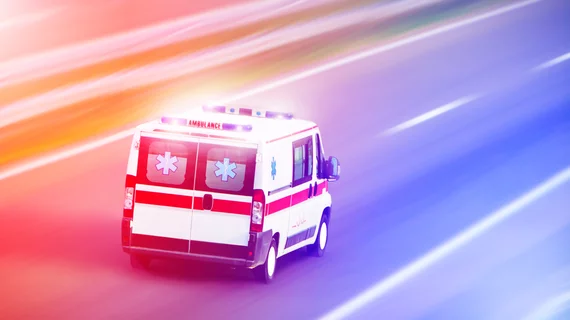A lack of reimbursement is preventing the proliferation of CT-powered mobile stroke ambulances, with many forced to rely on grants or donations, according to research released Thursday.
Previous studies have shown that stroke units—equipped with imaging technology, allowing for quick diagnosis and treatment—can improve outcomes. Yet, the U.S. has seen limited availability, with no established means for government or private payers to reimburse for such care. This is particularly the case when computed tomography scans are administered outside of a hospital, according to research set to be presented next week at the 2021 International Stroke Conference.
“If mobile stroke units cannot be reimbursed for the important care they provide, this vital service will be lost unless private donors are willing to continually step up to support these programs,” lead author Kenneth Reichenbach, director of the Mobile Stroke Unit program at Lehigh Valley Health Network in Allentown, Pennsylvania, said in a statement. “We need overwhelming, united support for this to change within federal entities including the Centers for Medicare & Medicaid Services to explore appropriate pathways for Medicare reimbursement for the full range of advanced mobile stroke unit services.”
For their research, Reichenbach and colleagues conducted a blinded survey back in June 2019, quizzing all 20 U.S. stroke centers about their previous 12 months of operation. Out of 19 who responded, 18 reported a negative financial status; and the singular one on the positive side was classified as an outpatient clinic, rather than an ambulance. All respondents said they rely at least partially on personal gifts, grants or institutional support due to reimbursement restrictions.
The survey determined that all stroke units utilize an on-board scanner to image the brain, with 21% certified as mobile CT laboratories. On average, each stroke unit has four staffers on board, which could include radiologic technologists, emergency medical technicians or stroke nurses. About 37% deploy medical doctors, 16% advanced-practice professionals, and 47% use telemedicine to link with a radiologist or other remote expert. On average, each stroke program administered brain clot-busting medications to 72 patients per year, with 600 annual responses.

